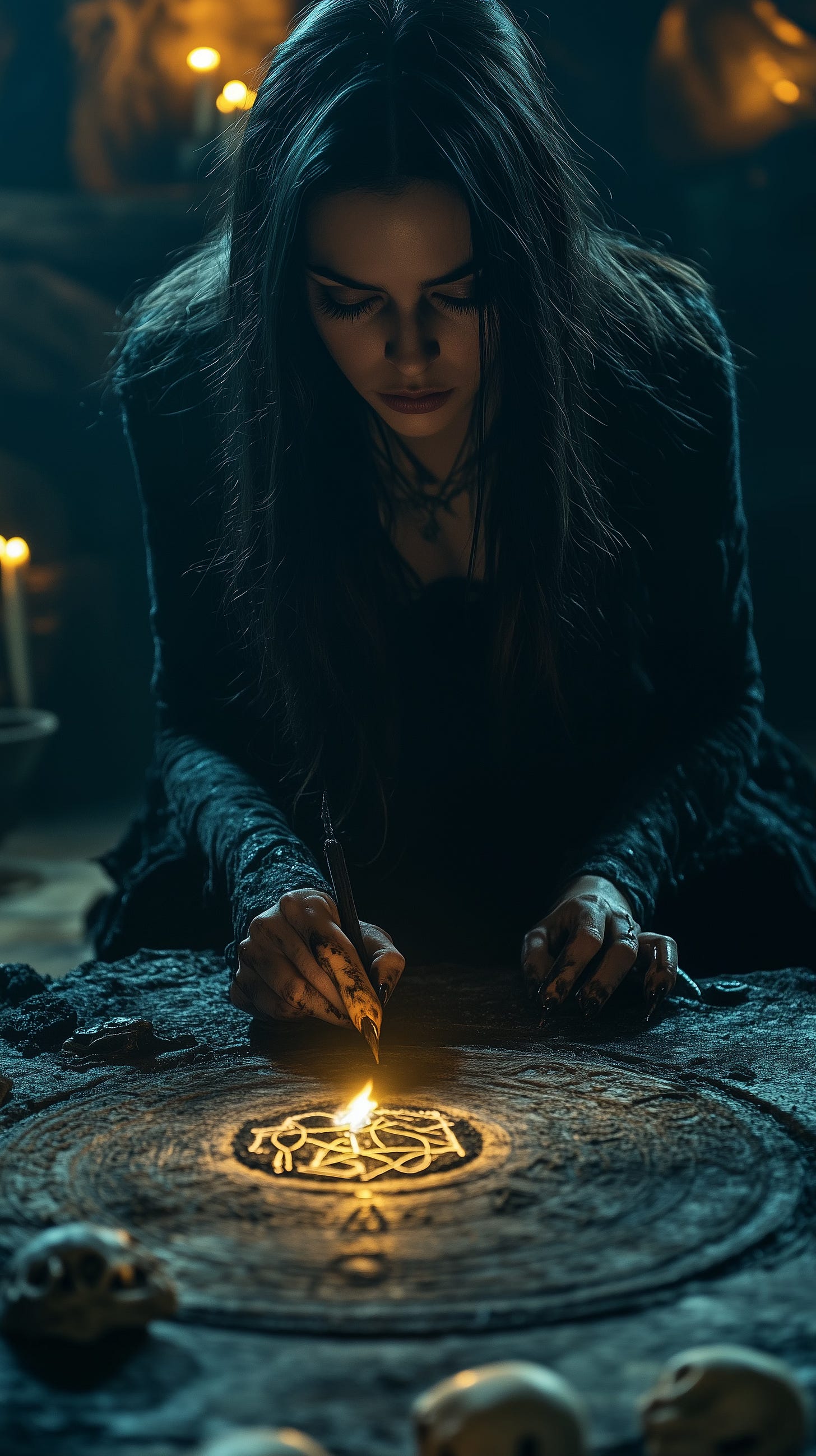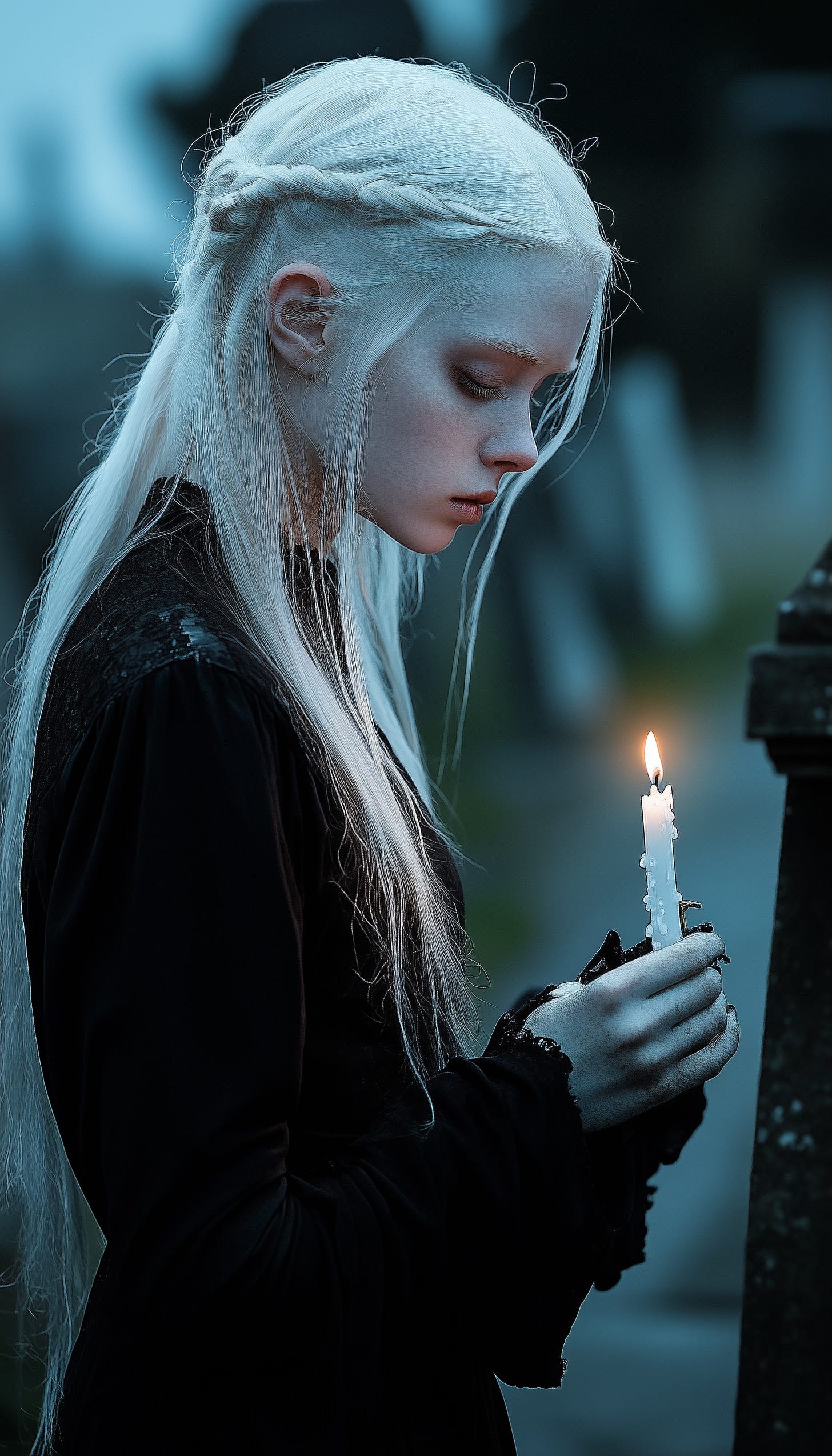Halloween is more than just costumes, candy, and spooky decorations; it's a holiday that encourages creativity, community, and a sense of playful wonder. Rooted in ancient traditions, Halloween offers a fun way for people of all ages to celebrate together and find joy in both the whimsical and eerie. Let’s explore some of the benefits of Halloween, along with its fascinating history, and where you can donate any extra candy to spread joy even after the holiday is over.
Benefits of Halloween
Encourages Creativity
Halloween is a time for self-expression, where people can let their creativity shine through costumes, pumpkin carvings, and decorations. From DIY outfits to haunted houses, Halloween inspires people to push the limits of their imagination in fun and unique ways.Builds Community Connections
Trick-or-treating, Halloween parties, and neighborhood haunted houses bring people together in ways few other holidays do. Halloween fosters a sense of community as people decorate their homes, organize events, and enjoy the festivities together, creating a shared experience that strengthens neighborhood bonds.Boosts Mental Health Through Playfulness
Taking part in Halloween activities allows us to engage in childlike playfulness, which can reduce stress and boost mental well-being. Dressing up in costumes, watching scary movies, and celebrating with friends offers an escape from the everyday and creates lasting memories.Promotes Cultural Awareness
Halloween’s roots trace back to the ancient Celtic festival of Samhain, and celebrating it can offer a glimpse into different cultural traditions. Learning about the origins of Halloween and incorporating various cultural elements into celebrations can foster a deeper appreciation for global customs and rituals.Supports Charitable Giving
Halloween is an opportunity for communities to come together not only for fun but also for giving back. Many charities and organizations accept candy donations after Halloween, providing sweet treats to children and families who may not have been able to participate in the holiday.
The History of Halloween, Costumes, and the Turnip Tradition
Halloween has ancient roots in the Celtic festival of Samhain, a time when the Celts believed the barrier between the living and the spirit world was thin. People would light bonfires and wear costumes to ward off roaming ghosts. The costume tradition began as a form of protection. To avoid being recognized or harmed by spirits, people would wear disguises, often using animal skins or other materials, to blend in or frighten away any unwelcome guests from the spirit realm.
When Irish and Scottish immigrants brought these customs to America in the 19th century, they merged with existing harvest celebrations and evolved into what we know as Halloween today, with costumes taking on a playful, imaginative twist.
As part of the ancient Celtic festival of Samhain, the Celts did indeed have a ritual involving fire that symbolized unity and protection. On the night of Samhain, communities would extinguish their hearth fires to mark the end of the harvest and the start of the darker half of the year. They would then gather together and light a large communal bonfire, typically on a hilltop. This fire was believed to ward off harmful spirits and provide blessings and protection. Afterward, each family would take a flame from the communal fire back to their own home to relight their hearths, symbolizing a connection to the community and the spirit world.
This tradition represents one of the most symbolic elements of Samhain: the renewal of light as the dark season began, and the protective bond it provided to the community. As Samhain rituals evolved and merged with other traditions, aspects like bonfires and lanterns continued as protective symbols, eventually evolving into Halloween’s own traditions, such as jack-o’-lanterns and trick-or-treating.
One of the original Halloween traditions involved carving turnips rather than pumpkins. The Celts would hollow out turnips, carve faces into them, and place candles inside to create lanterns meant to scare away evil spirits. When Halloween gained popularity in America, pumpkins—larger and easier to carve—became the preferred choice, leading to the iconic jack-o’-lanterns we see today.
Where to Donate Extra Halloween Candy
If you find yourself with a surplus of Halloween candy, there are many wonderful organizations that accept donations, allowing you to spread the joy beyond Halloween night:
Operation Gratitude: This organization sends care packages, including candy, to deployed troops, veterans, and first responders.
Treats for Troops: Many dentists participate in this program, accepting candy donations that are then sent to soldiers overseas.
Ronald McDonald House Charities: Contact your local chapter to see if they accept candy donations for the children and families staying with them.
Local Food Banks and Shelters: Some food banks and shelters will accept candy donations, especially if they’re individually wrapped and safe for distribution.
Embracing the Spirit of Halloween
Halloween is a unique holiday that combines history, culture, and fun, providing benefits that go beyond costumes and candy. By embracing the creative, communal, and charitable spirit of Halloween, we can enjoy the holiday in a more meaningful way—while keeping its ancient, enchanting traditions alive. So, let your inner child roam free, dress up, give back, and savor the magic that makes Halloween a holiday like no other!







